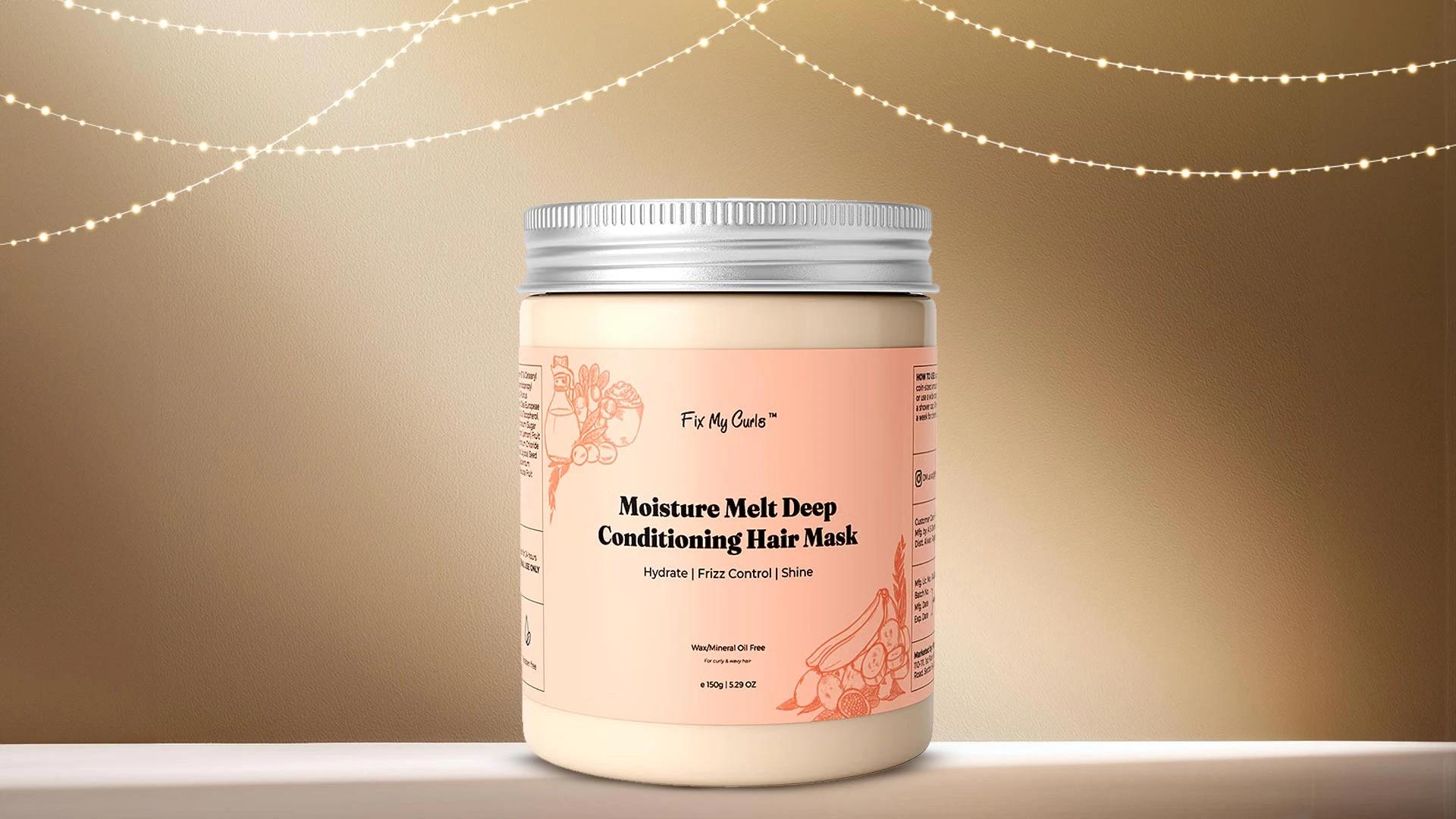Let's be real—dry and frizzy hair can feel like it has its own agenda. One minute you think you've got it sorted, the next it's doing its own thing despite all your efforts. If you've tried everything from expensive treatments to DIY remedies with mixed results, you're not alone. The good news? There's a method to the madness, and once you understand what your hair actually needs, taming those rebellious strands becomes way more manageable. This guide breaks down exactly how to treat dry and frizzy hair, from understanding the root causes to finding products that actually work.
Understanding Dry and Frizzy Hair
Your hair becomes dry and frizzy when it lacks moisture or when the hair cuticle (the outer layer) gets damaged and lifts up. Think of it like scales on a fish—when they're smooth and flat, your hair looks sleek. When they're raised, you get that rough, frizzy texture that catches light and creates that dreaded poof. Common culprits include over-washing, heat damage, chemical treatments, harsh weather, and sometimes just genetics.
Here's where people get it wrong: they think **dry and frizzy hair treatment** means loading up on heavy oils or skipping conditioner altogether. Actually, frizzy hair often craves lightweight moisture and gentle handling. It's not about using more products—it's about using the right ones at the right time.
Essential Hair Care Routine for Dry and Frizzy Hair
Building a solid routine is your foundation for healthier hair. The key is consistency and being gentle with your strands. Think of your hair like a delicate fabric that needs special care to maintain its integrity.
Cleansing Techniques
**Hydrating shampoos** without sulfates are your best friend here. Sulfates strip away natural oils, leaving your hair even drier. Wash your hair 2-3 times per week maximum—overwashing removes the oils your scalp produces to keep hair healthy. When you do wash, focus the shampoo on your scalp, not the lengths of your hair.
Conditioning Methods
**Deep conditioning treatments** should happen weekly, whilst **leave-in conditioners** work daily magic. Apply deep treatments from mid-length to ends, avoiding the roots. For daily conditioning, a small amount of leave-in conditioner on damp hair helps seal in moisture and creates a protective barrier.
Drying and Styling Practices
Ditch the rough towelling—it creates friction and more frizz. Instead, gently squeeze excess water with a microfibre towel or cotton t-shirt. Always apply **heat protectant sprays** before using any styling tools. Better yet, try air-drying with **hair smoothing techniques** like plopping or scrunching to encourage your natural texture.
Top Products for Taming Dry and Frizzy Hair


 250 gm
250 gm 200 gm
200 gm 200 gm
200 gm 200 gm
200 gm